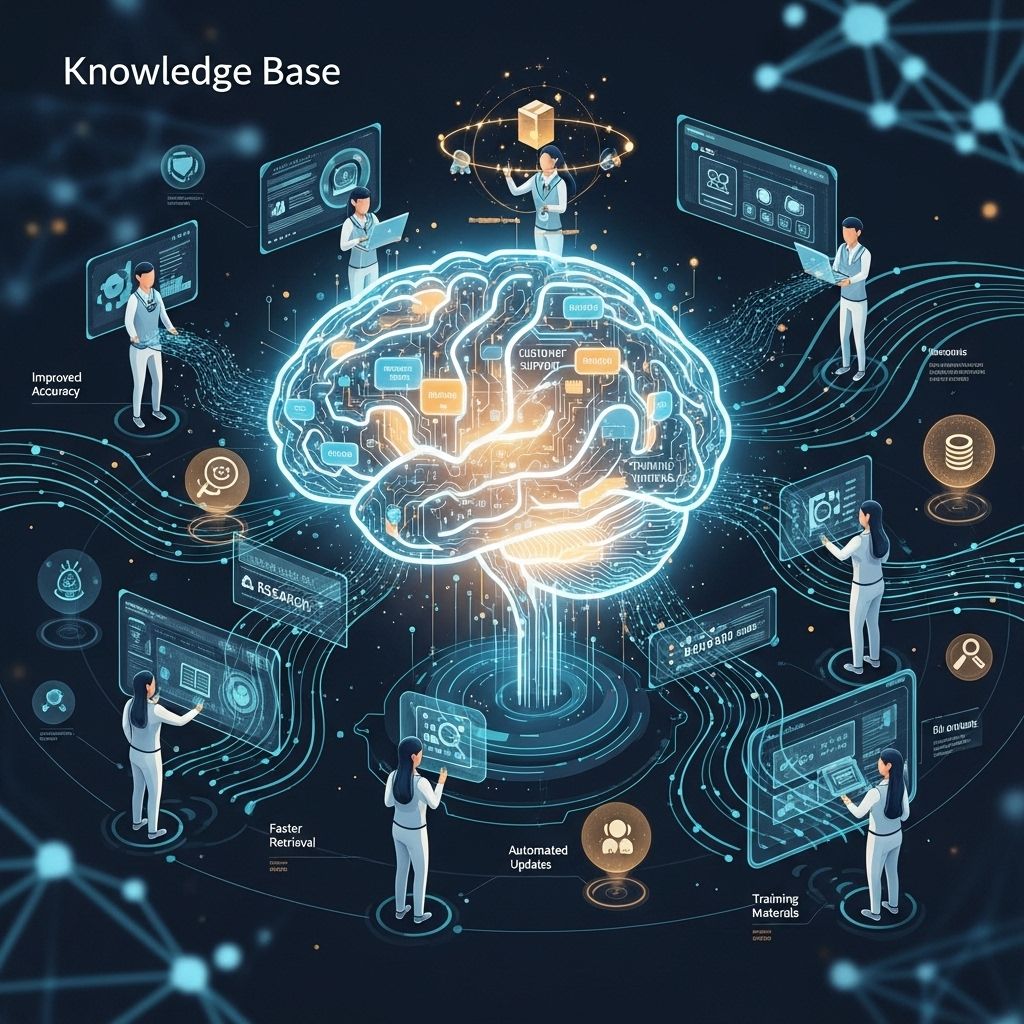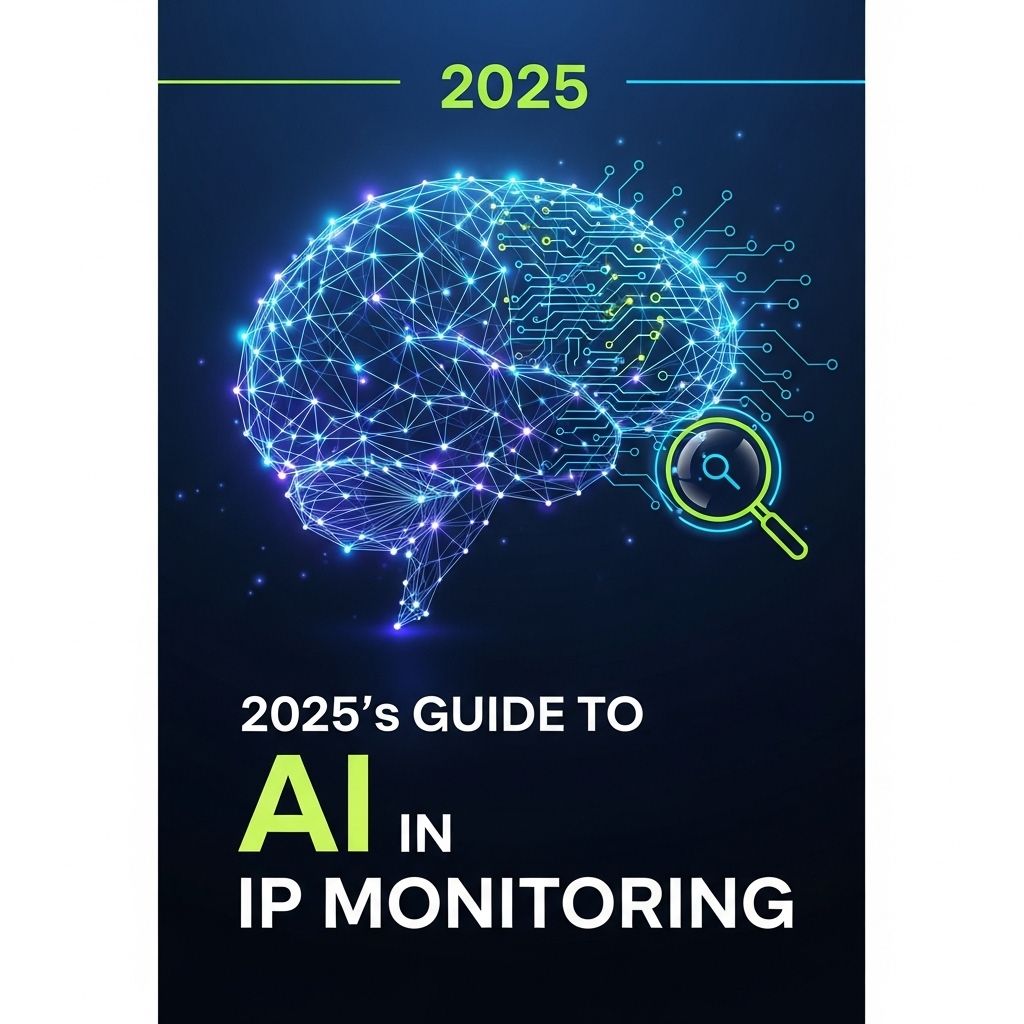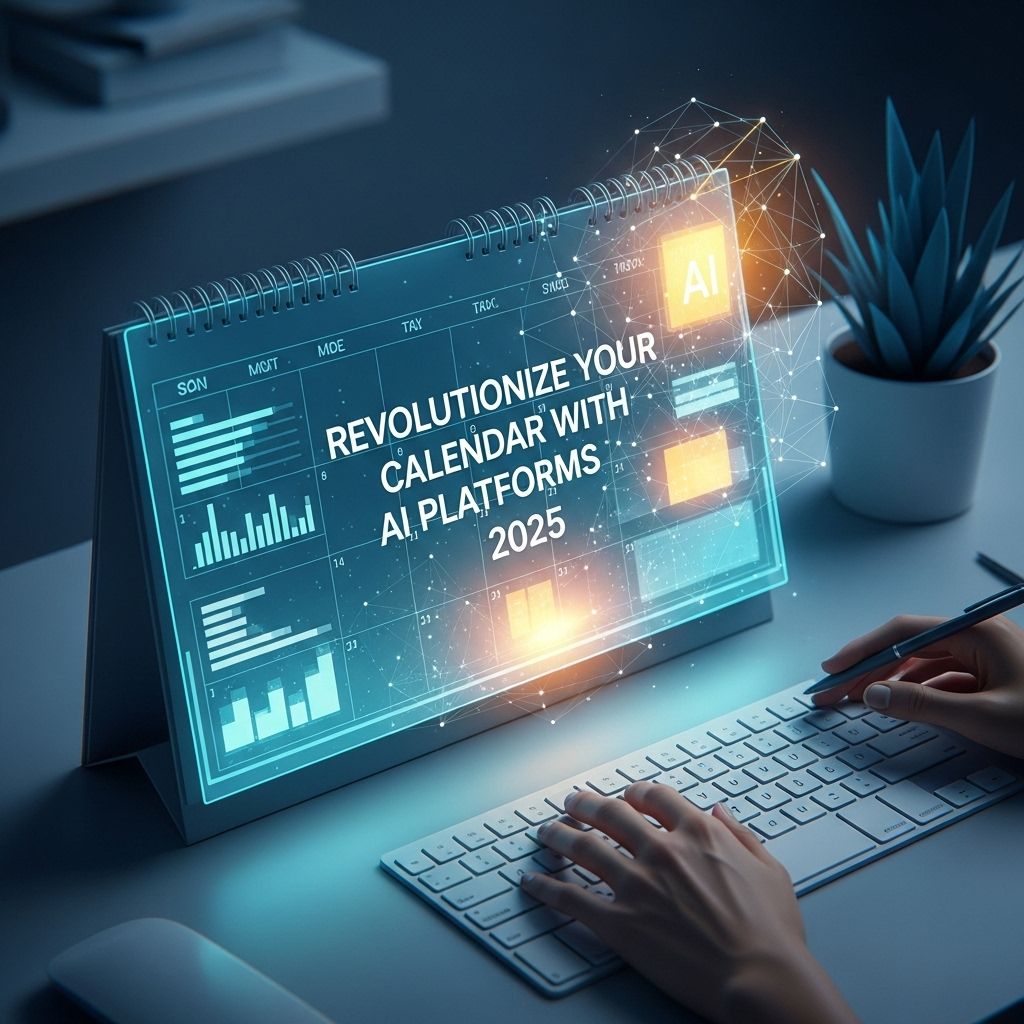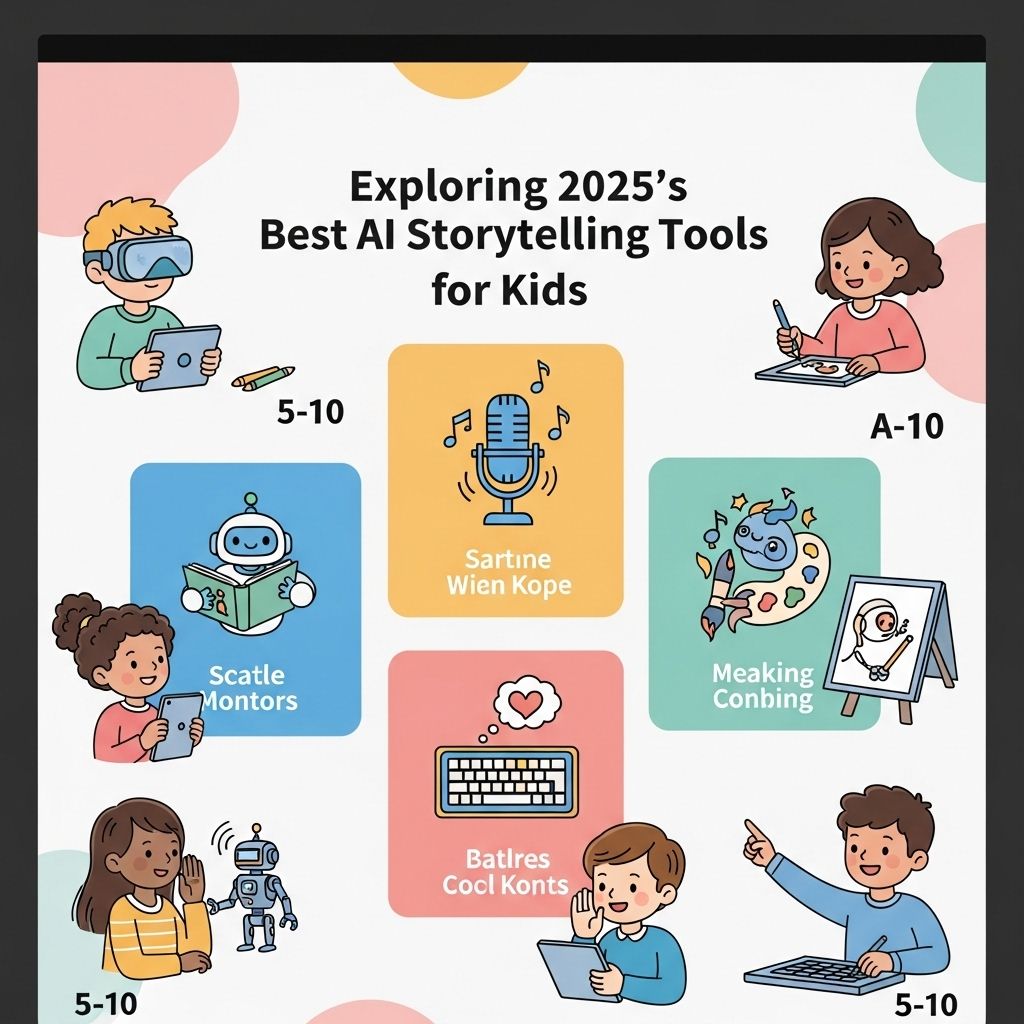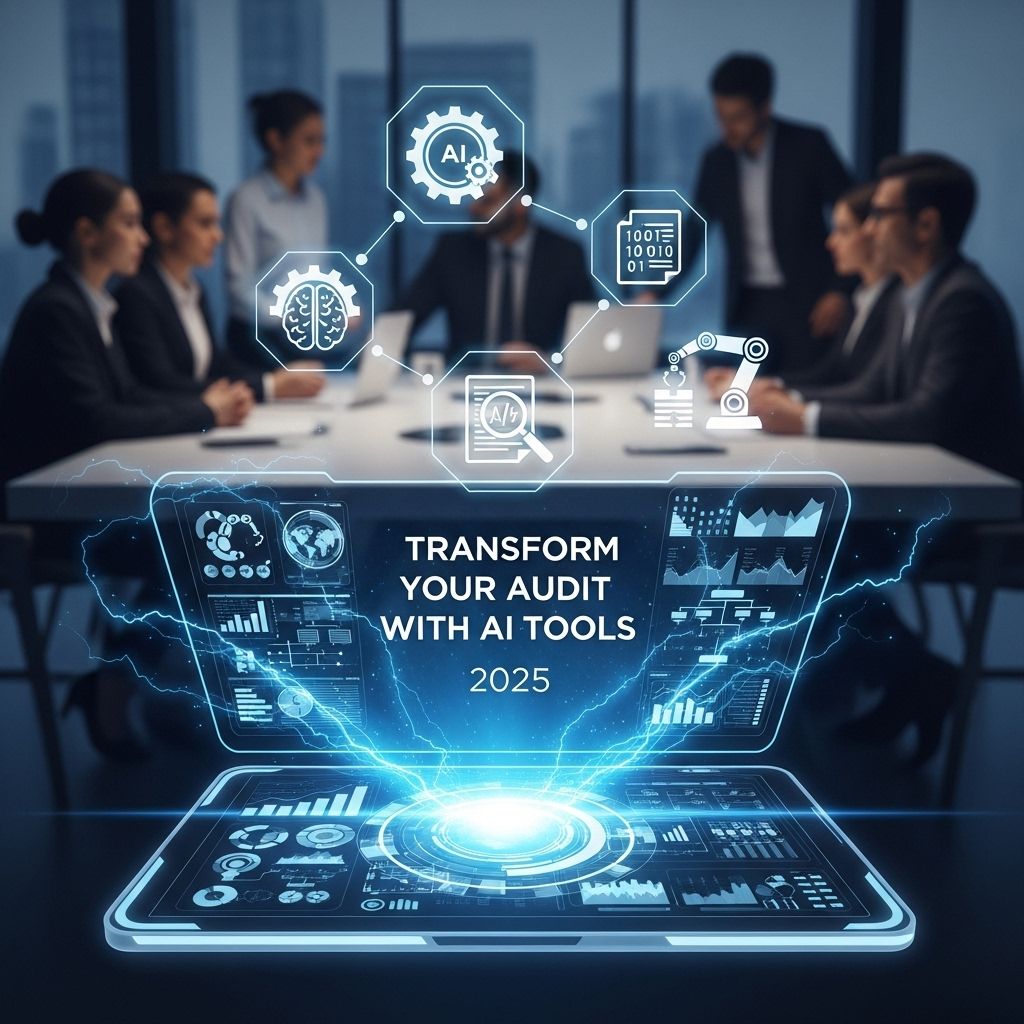Revamp Your Systems with Modernization Services
Discover how modernization services can transform your systems for better efficiency and performance. Explore the benefits and steps to get started.

In today’s rapidly evolving technological landscape, organizations face the constant challenge of keeping their systems updated and efficient. Modernization services offer a solution to this dilemma, providing businesses with the tools necessary to stay competitive, improve operational efficiency, and adapt to new market demands. By revamping legacy systems, companies can leverage the latest innovations in technology to not only enhance their processes but also deliver better value to their customers. This article will delve into the various aspects of modernization services, their benefits, and key strategies for implementation.
Table of Contents
The Importance of System Modernization
As industries transform, the pressure to modernize systems becomes increasingly critical. Here are several reasons why modernization services should be a priority:
- Increased Efficiency: Outdated systems tend to be slower and less efficient, leading to prolonged operational times.
- Cost-Effectiveness: Legacy systems often incur high maintenance costs. Modernizing can reduce these expenses.
- Enhanced Security: New systems offer better security features to protect sensitive data from breaches.
- Improved User Experience: Modern interfaces and functionalities lead to greater user satisfaction and engagement.
- Better Integration: Updated systems can easily integrate with newer technologies, improving overall functionality.
Key Components of Modernization Services
Modernization involves several components that work in tandem to elevate an organization’s technological framework. Here are some of the most common:
1. Application Modernization
This involves updating or replacing legacy applications to improve performance and usability. Techniques include:
- Re-architecting existing applications for cloud compatibility
- Implementing microservices for scalability
- Utilizing containers for efficient resource management
2. Infrastructure Modernization
Transforming your infrastructure is essential for supporting new applications. Key strategies include:
- Adopting cloud computing solutions
- Implementing virtualization technologies
- Enhancing network capabilities through SD-WAN
3. Data Modernization
Data is at the heart of any organization. Modernization of data involves:
- Migrating data to cloud storage solutions
- Utilizing data lakes and warehouses for better analytics
- Implementing AI-driven data management solutions
Benefits of Utilizing Modernization Services
Organizations that invest in modernization services can enjoy a multitude of benefits, including:
1. Agility and Flexibility
Modern systems allow organizations to quickly adapt to changes in the market, enabling rapid deployment of new features and services.
2. Cost Reduction
Although modernization can initially require investment, the long-term savings through lower maintenance costs and improved efficiency can significantly outweigh the upfront costs.
3. Enhanced Collaboration
Modernization often includes the implementation of collaboration tools that enhance communication and teamwork across all levels of the organization.
4. Scalability
As business needs grow, so too can modern systems. They can be easily scaled up or down based on demand, ensuring resources are used efficiently.
Strategies for Successful Modernization
Implementing modernization services requires careful planning and execution. Below are strategies to ensure successful modernization:
1. Assess Your Current State
Begin by understanding your current systems, applications, and infrastructure. Perform a SWOT analysis (Strengths, Weaknesses, Opportunities, Threats) to identify areas needing improvement.
2. Define Clear Objectives
Establish what you hope to achieve through modernization. Objectives might include:
- Reducing operational costs by X%.
- Improving system uptime to 99.99%.
- Enhancing customer satisfaction ratings by Y%.
3. Choose the Right Technology
Research and select technologies that align with your organization’s goals and scalability needs. Consider using:
| Technology | Description | Use Case |
|---|---|---|
| Cloud Computing | Online storage and processing resources that can be accessed remotely. | Scalable applications with minimal infrastructure investment. |
| Artificial Intelligence | Machine learning algorithms that analyze data for insights. | Enhanced decision-making and automation. |
| Microservices | Architectural style that structures an application as a collection of loosely coupled services. | Flexible and independent deployment of application features. |
4. Engage Stakeholders
Involve key stakeholders from various departments early in the modernization process. Their insights and buy-in are essential for a successful transition.
5. Implement Incrementally
Rather than overhauling all systems at once, consider a phased approach to minimize risk and disruption. Start with non-critical systems to pilot the modernization efforts.
Challenges in Modernization
While modernization brings numerous benefits, organizations may encounter challenges such as:
- Resistance to Change: Employees may be hesitant to adapt to new systems.
- Data Migration Issues: Ensuring data integrity during transfer can be complex.
- Integration Difficulties: New systems must work seamlessly with existing processes.
- Cost Overruns: Initial investments may exceed budget if not carefully managed.
Conclusion
Modernization services are indispensable for organizations striving to remain competitive in an increasingly digital world. By revamping outdated systems, adopting new technologies, and aligning strategies with business goals, companies can create more efficient, agile, and resilient operations. Embracing this journey not only improves internal processes but also enhances the overall customer experience, paving the way for future growth and success.
FAQ
What are modernization services?
Modernization services involve updating and improving existing systems, applications, and processes to enhance performance, security, and scalability.
Why is it important to modernize my systems?
Modernizing your systems can lead to increased efficiency, reduced operational costs, improved user experiences, and better alignment with current technological advancements.
What types of systems can be modernized?
Nearly any type of system can be modernized, including legacy software, IT infrastructure, cloud solutions, and business processes.
How does the modernization process work?
The modernization process typically involves assessing current systems, defining goals, selecting appropriate technologies, and implementing changes in a phased approach.
What are the benefits of using professional modernization services?
Professional modernization services provide expertise, reduce risks, ensure best practices, and can significantly accelerate the transformation process.
How do I know if my systems need modernization?
Signs that your systems may need modernization include slow performance, high maintenance costs, frequent downtime, and inability to integrate with new technologies.

